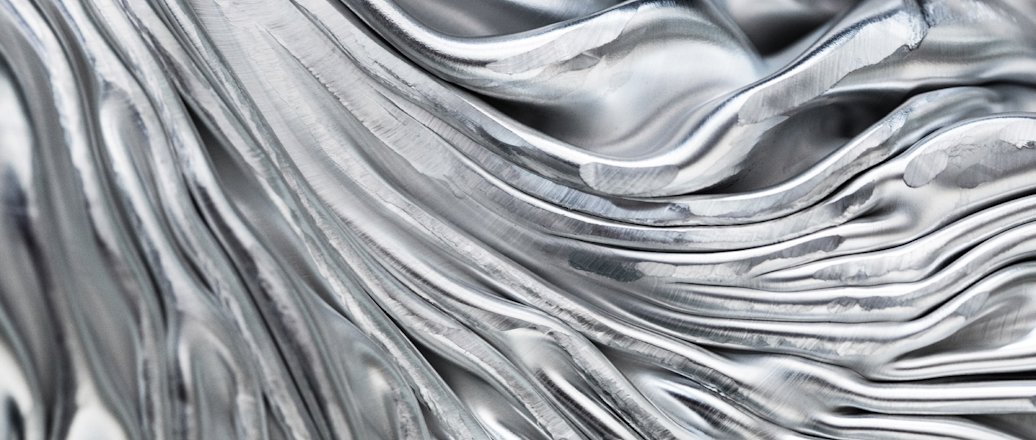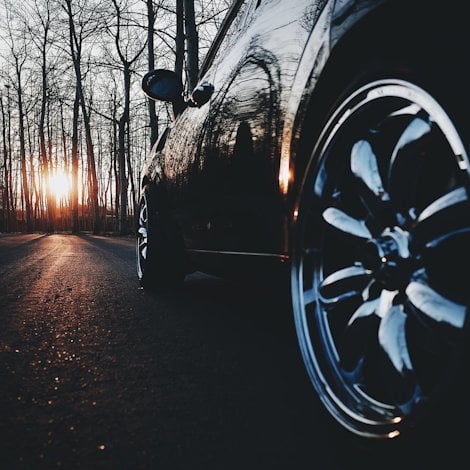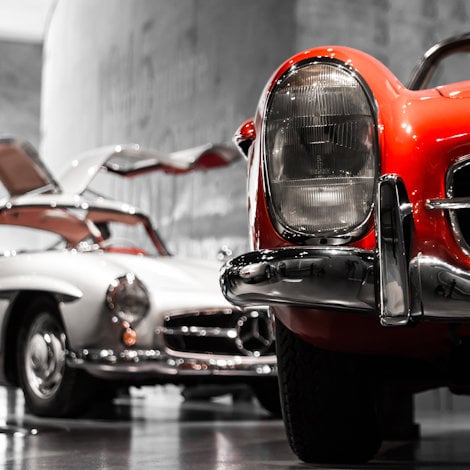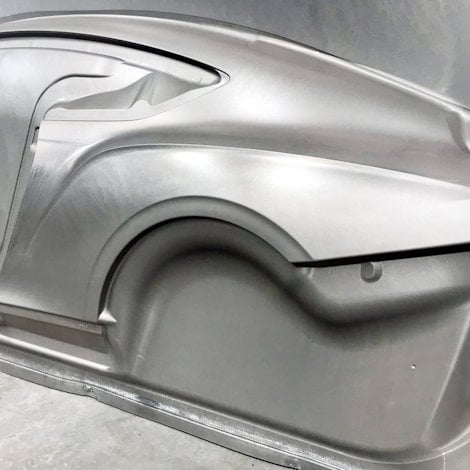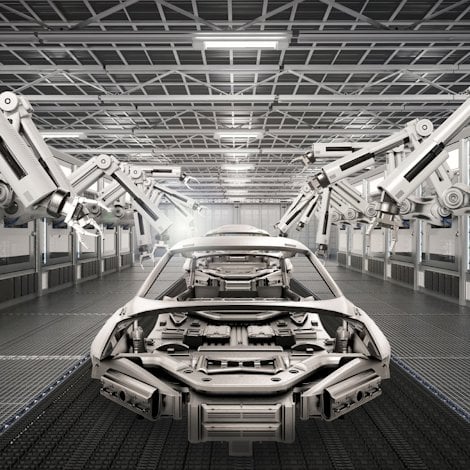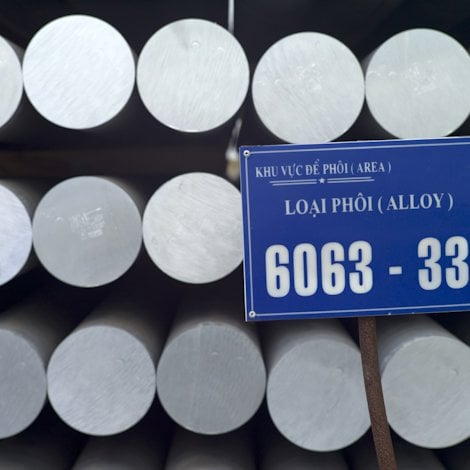Aluminium burns, and other misconceptions
There are good reasons why car manufacturers are looking in the direction of aluminium these days. They get it. Not everyone does, and then we get to hear all sorts of things. Please follow me here.
- "Aluminium can burn. Steel does not burn."
Aluminium does not burn. Believe me. Aluminium powder burns, and possibly extremely thin foil. But so does iron powder; that’s why you see sparks coming off a grinding wheel. In fact, most metals, except for the noble ones, burn when exposed to conditions that are oxidizing enough, and with a high enough surface-to-volume ratio. But under any reasonable conditions, aluminium sheet and structural beams don’t burn. They just don’t.
- “Steel can significantly deform before it fails. Aluminium cannot.”
Steels in general do have more deformation potential than aluminium in general. That is true. That is why most major suppliers of aluminium these days have developed “crash-alloy” grades, designed specifically to handle crash energy. In fact, they do that so well that crush cans and longitudinal rails fold down – without cracking – into what looks like a squeezed accordion after a crash. So, there is no lack of deformability. Steels deform, too, but the interesting quantity here is the amount of energy that can be consumed in a crash, per unit weight of the structure. It is becoming obvious to a rapidly growing number of car designers that this is an area where aluminium can really excel. It simply gives “more bang for the pound.”
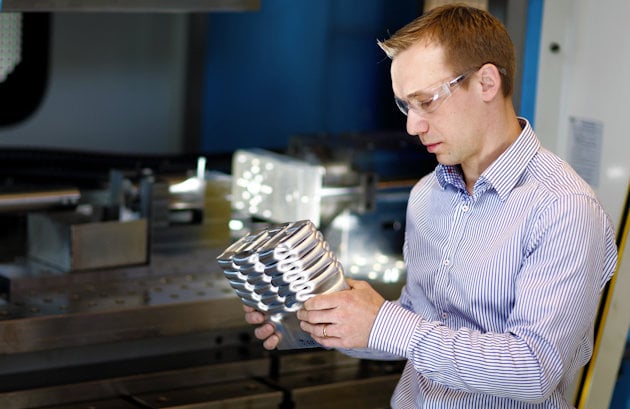
- “Dented steel can be returned to its original shape. Aluminium cannot.”
Most metals struggle to come back to their original shape after having been bent or dented. That’s due to work hardening, and it is also the reason why a steel rebar, once bent, is virtually impossible to bend back to straightness without sophisticated machinery. There are exceptions, but steel is not one of them, and anyway, it’s not so important. What is important is that aluminium can absorb much more energy elastically, per unit weight, than steel of the same strength. Therefore, it doesn’t dent or bend in the first place, but tends to spring back to its original shape.
So as a matter of fact, this claim is not only misleading, it is positively wrong.
In reality it’s exactly the other way around, given comparable yield strengths. Steels come stronger, some of them, but it takes quite some strength to compensate for those effects.
In order to match a 300 MPa aluminium, in that respect, you would need a 2700 MPa steel. I think you would struggle to find such a steel, in any form or shape. It would be about twice as strong as “high-strength steel.” (This refers to one-dimensional elongation. Denting is a whole lot more complex, but qualitatively it’s safe to use this rule of thumb.)
So, please don’t take for granted that heavy and hard things are necessarily the safest. Mankind hasn’t come this far thanks to muscle power, but to brain-powered adaptability. I think the guys at Ford knew exactly what they were doing with the F-150. We shall see more of that down the line, believe you me.
If you, dear reader, know of other misconceptions worth commenting on – or conceptions, for that matter, then please -

